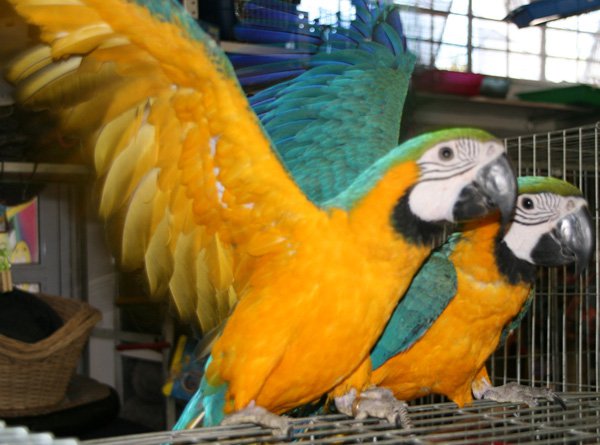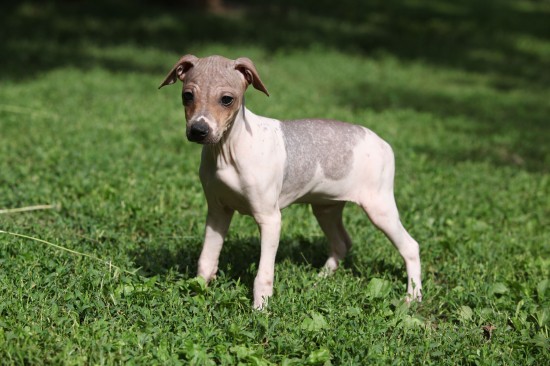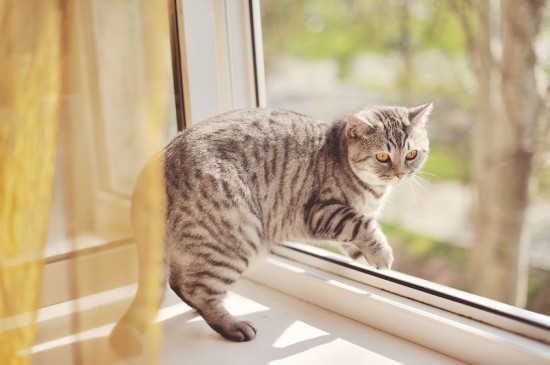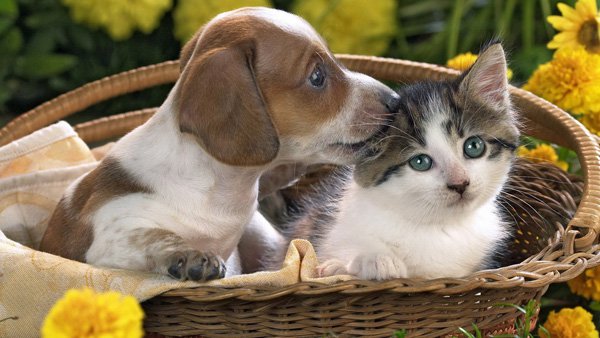Most dog owners live completely unaware of the fact that those potted plants and the flower garden they tend so well may actually be a grave danger to a dog or cat. Many common household plants and even more common garden plants can have toxic properties that could seriously harm your favorite pet.
Cyclamen - This five petal flower is usually accompanied by rounded or arrow-like leaves that can be very toxic for dogs. While the whole plant has a substance toxic to dogs, the root is where it is in its highest concentration. You may notice your dog having intestinal issues and may vomit violently.
Tulips - This spring favorite can be very dangerous for a dog. The real threat is the bulb, which contains a toxin that will irritate a pet's bowels. From the start, your pet might lose interest in his food. This toxin could also depress your pet's central nervous system, causing convulsions or even cardiac arrest.
Lilies - These garden staples are most toxic to cats. Severe kidney damage is likely to result if your cat ingests its toxin, though the chemical to blame has not yet been identified.
Azaleas - Commonly found in many gardens, these plants could cause pets to go into coma in serious cases. Less severe poisoning will result in drooling and loss of appetite and may depress your pet's central nervous system.
Hibiscus - This common houseplant can lead to loss of appetite, vomiting, diarrhea, and general nausea in your pet.
Autumn Crocus - The autumn crocus is a death sentence for a pet. Ingestion can lead to serious organ damage, vomiting and diarrhea, possibly bloody, and could suppress bone marrow functions.
Chrysanthemums - These flowers are pretty popular and can be found both outdoor and indoor. They can cause serious gastrointestinal upset, excessive drooling and diarrhea. Occasionally, ingestion of this plant can lead to depression.
Apples and Apricots - It will be a shock to many to learn that apples can be very toxic for pets. While the fruit itself is safe, the seeds, stems, and leaves all have a form of the poison cyanide in them. Symptoms will include difficulty breathing, bright red mucous membranes, and shock.
Begonia - Begonias contain chemicals known as insoluble oxalates that will cause your dog or cat's mouth to burn. They may find it difficult to swallow their food.
Yucca - For those living in the desert climes, this plant can lead to heavy bouts of vomiting and diarrhea. Luckily, the plant has sharp thorns that keep most pets away.
Chamomile - This plant is commonly cultivated for teas or as calming agent for humans, however, it is dangerous for your pet. Simply brushing against it will give your dog dermatitis, and ingestion can lead to anorexia, vomiting, diarrhea, and bleeding.
Avocado - Eating avocados can cause mild poisoning which lead to vomiting and diarrhea.
Garlic - If your pet eats garlic in big quantities, then it might be time to head for the vet's office. Too much garlic can result in hemolytic anemia, a condition whereby your pet's red blood cells are being broken down. You will also notice vomiting, weakness, possibly bloody urine, and a very fast heart rate.
Burning Bush - Taken in large dosage, the toxin from this bush can cause the heart problems, leading to abnormal heart beat rhythm. In smaller dosages, expect weakness, vomiting and diarrhea, and intense abdominal pain.
Grapefruit - The toxins of this plant, found mostly in the leaves and rind of the fruit can lead to light sensitivity, depression, and vomiting/diarrhea.
Daffodils - This common garden flower is immensely toxic to dogs and cats. Ingestion can cause diarrhea, vomiting, convulsions, arrhythmia and low blood pressure. Common as they are, it's very important that your pet stay away.
The above list is definitively not exhaustive and is only a collection of the common plants that are harmful to pets. If you intend to start planting new plants in your garden, it would be advisable to take some time to research the new plants first. Many are mildly toxic to dogs, though some can cause serious internal damage or death.

 Bringing A New Cat Home
Bringing A New Ca
Bringing A New Cat Home
Bringing A New Ca
 What To Do With The Pet Recalled Food
What To Do With The Pet Recalled Food
There ar
What To Do With The Pet Recalled Food
What To Do With The Pet Recalled Food
There ar
 The Four Recognised Hairless Dog Breeds
The Four Recognis
The Four Recognised Hairless Dog Breeds
The Four Recognis
 Picking A New Home With Your Pet In Mind
Picking A New Hom
Picking A New Home With Your Pet In Mind
Picking A New Hom
 Underground Fence Training for Your Dog
Underground Fence Training for Your Dog
If a t
Underground Fence Training for Your Dog
Underground Fence Training for Your Dog
If a t